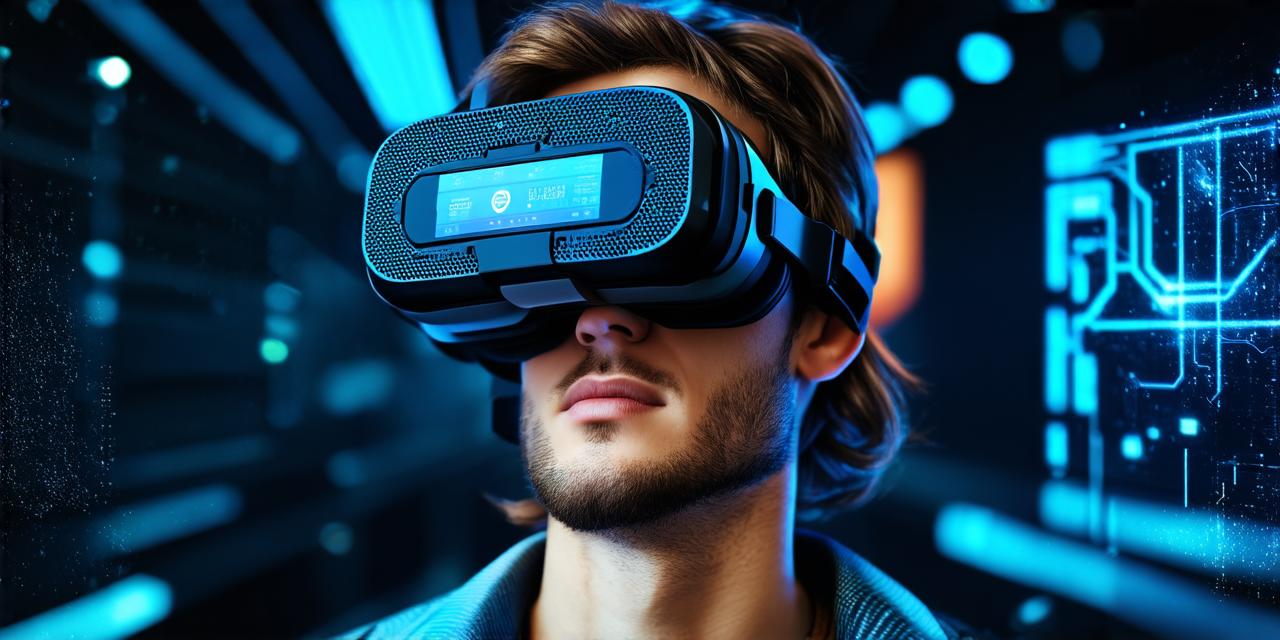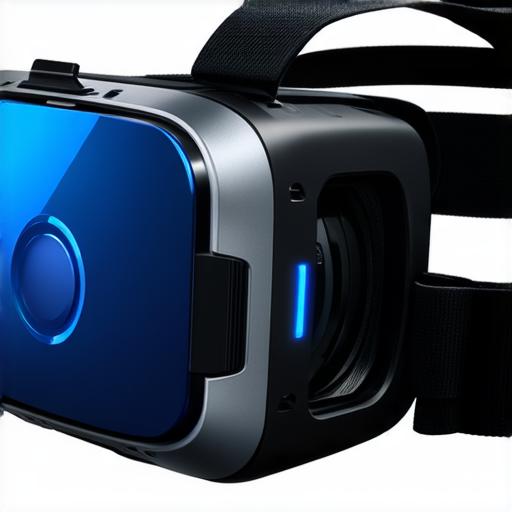
How do virtual reality headsets work?
Virtual reality (VR) is a rapidly growing field, and virtual reality headsets are at the heart of this technology. In this beginner’s guide, we will explore how VR headsets work, their components, and the different types available on the market. We will also discuss some of the challenges developers face when creating immersive experiences for users.
Understanding Virtual Reality Headsets
Virtual reality headsets are devices that allow users to experience a 3D environment as if they were actually there. The headset consists of a display screen, sensors, and tracking technology that detects the user’s movements and adjusts the image accordingly.
Components of a Virtual Reality Headset
The main components of a VR headset include:
- Display screen: The display screen is responsible for showing the 3D environment to the user. It can be a monitor or a projector, depending on the type of headset.
- Sensors: Sensors are used to track the user’s movements and adjust the image accordingly. There are different types of sensors, including infrared, ultrasonic, and magnetic sensors.
- Tracking technology: Tracking technology is responsible for detecting the user’s movements and sending this information to the computer or server that powers the VR experience. This can be done using different methods, such as cameras or motion controllers.
- Head-mounted display (HMD): The HMD is the part of the headset that sits on the user’s head and displays the 3D environment. It typically consists of a frame, lenses, and a screen.
- Processor: The processor is responsible for rendering the 3D environment and sending the image to the display screen.
- Memory: The memory is used to store the 3D models and other data that are required for the VR experience.
- Power supply: The power supply is used to provide power to the headset and its components.
Types of Virtual Reality Headsets
There are several different types of VR headsets available on the market, each with its own unique features and capabilities. Some of the most common types include:
- Desktop VR headsets: These headsets require a powerful computer to run and are typically used for high-end gaming and professional applications. Examples include the Oculus Rift and HTC Vive.
- Mobile VR headsets: These headsets can be used with a smartphone or tablet and are designed for on-the-go use. Examples include the Samsung Gear VR and Google Daydream.
- Wireless VR headsets: These headsets do not require any cables to connect to a computer or device, making them more convenient to use. Examples include the Oculus Quest and HTC Vive Pro Eye.
- All-in-one VR headsets: These headsets have all the components needed to provide a complete VR experience, including a display screen, sensors, and tracking technology. Examples include the Oculus Go and HTC Vive Focus.

Challenges for Virtual Reality Developers
Developing immersive experiences for users can be challenging, especially when it comes to virtual reality. Some of the challenges that developers face include:
- Motion sickness: Many people experience motion sickness when using VR headsets, which can make the experience less enjoyable and even cause discomfort. Developers must take steps to minimize the risk of motion sickness, such as by adjusting the frame rate or using anti-nausea medications.


